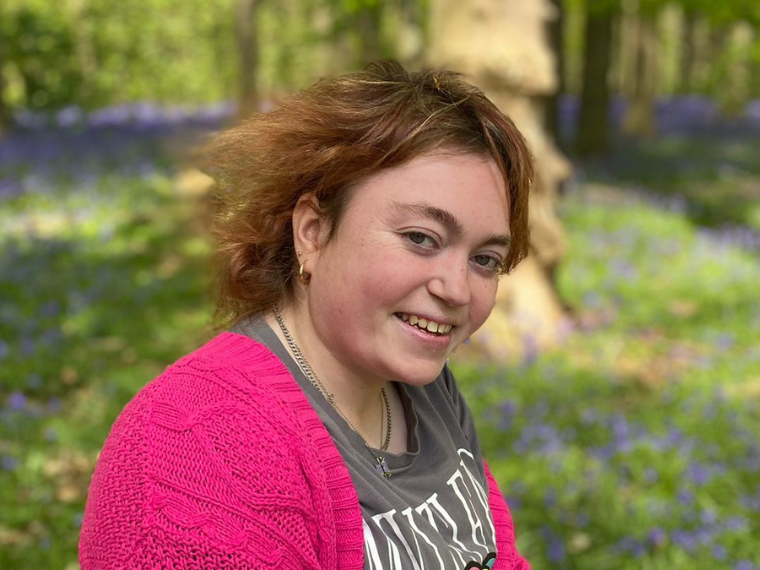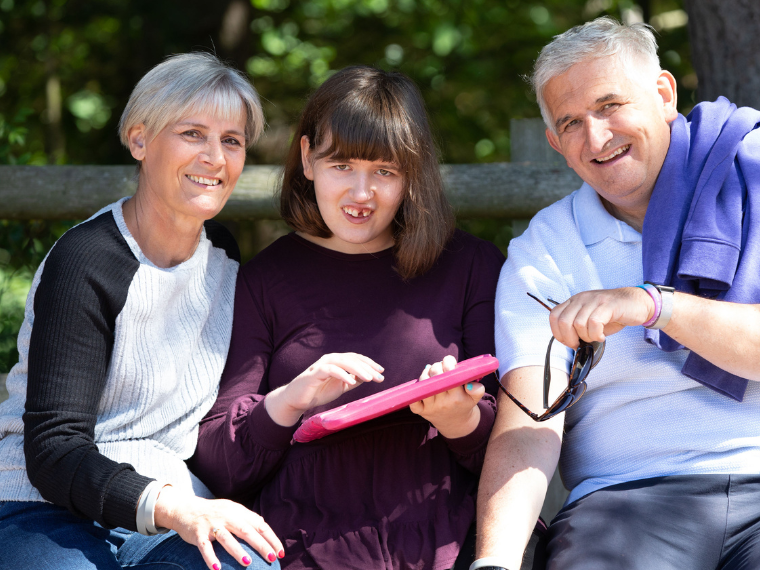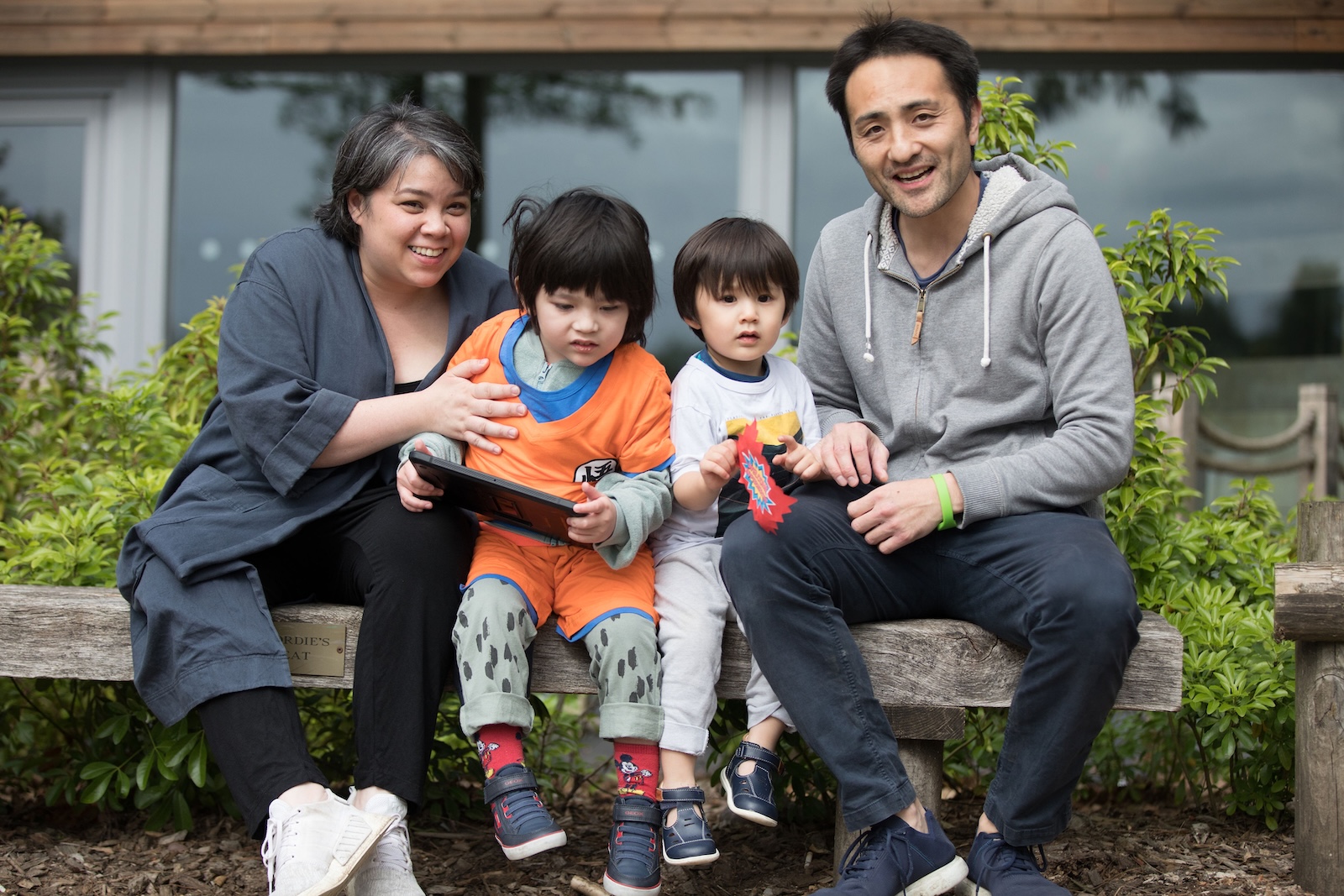
A Brief History of Dravet Syndrome
Read about the background of this relatively newly diagnosed condition.
Dravet Syndrome is a rare, life-long and life limiting neurological condition. It includes seizures, intellectual disability and a range of associated health conditions known as ‘comorbidities’.
Around one in every 15,000 babies in the UK will be born with Dravet Syndrome.
In this section, you can find out more about all aspects of Dravet Syndrome. Click on the images below to discover more.
Dravet Syndrome is often described as a form of epilepsy. However, epilepsy is just one part of this neurological condition.
Every child or adult with Dravet Syndrome is different. They share the key characteristics of the condition, but the range and severity of symptoms (especially the non-seizure aspects) vary from person to person. However, for all, the condition is complex and can be unpredictable.
Dravet Syndrome is one of the most common genetic epilepsies. Around 1 in 15,000 babies in the UK will be born with Dravet Syndrome.
It is estimated that there are around 2,000 people living with Dravet Syndrome in the UK.
Dravet Syndrome causes severe and difficult-to-control seizures, varying degrees of learning disability and a spectrum of associated conditions called ‘comorbidities’. These can include autism, ADHD, challenging behaviour and difficulties with speech, mobility, eating and sleep.
Most people with Dravet Syndrome have a good life expectancy. The oldest adult known to have a Dravet diagnosis in the UK is currently in his 70s. Around 85% of children with Dravet Syndrome survive into adulthood.
A major contributor to the cause of Dravet syndrome has been found to be a mutation of the SCN1A gene, found in around 85-90% of patients.
The gene mutation is ‘de novo’, which means it happens spontaneously and is not inherited from parents. Much remains to be understood about the causes of Dravet syndrome and research is ongoing.
A genetic diagnosis test is now available in the UK from the NHS. Early diagnosis and effective treatment can make a huge difference – it saves unnecessary investigations, reduces seizures and may improve long-term outcomes.
This is an exciting and hopeful time for Dravet Syndrome, with much ongoing research into new medicines and treatments.
There is currently no cure for the condition and, in terms of seizures, Dravet Syndrome is one of the most treatment-resistant epilepsies. Currently, treatment focuses on controlling or minimising seizures. As treatments improve, along with understanding, researchers expect that long-term outcomes for people with Dravet Syndrome will get better.
Not all children and adults respond in the same way to treatments. They are given on a trial-and-error basis to see which works best. Family members and carers need to work with their medical team and other professionals to find the best treatment and therapy for someone with Dravet Syndrome.

Read about the background of this relatively newly diagnosed condition.

An introduction to Dravet Syndrome, including causes, symptoms and how to get diagnosed.

Dravet Syndrome is characterised by prolonged, recurrent seizures. Discover more about seizures, their different types, and how they may change over time.

Dravet Syndrome is not ‘just’ seizures. Comorbidities is a medical term used to describe the non-seizure aspects of Dravet Syndrome (sometimes called ‘co-occurring conditions). Find out more here.

Diagnosis at any age can be extremely beneficial. Find out more about getting a diagnosis here.

While there is currently no cure for the condition, it’s an exciting and hopeful time, with much ongoing research into new medicines and treatments. Find out about what treatments are available to manage Dravet Syndrome here.